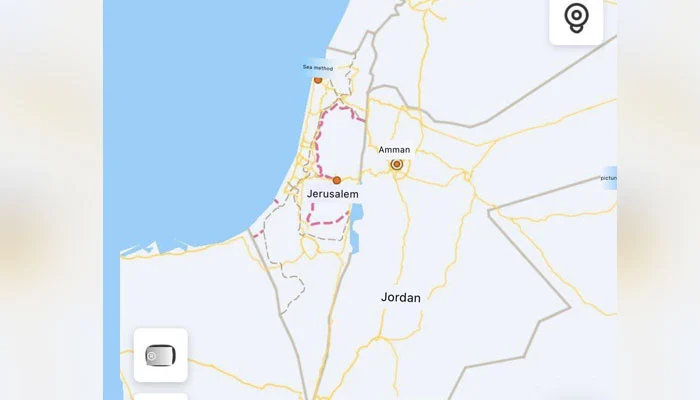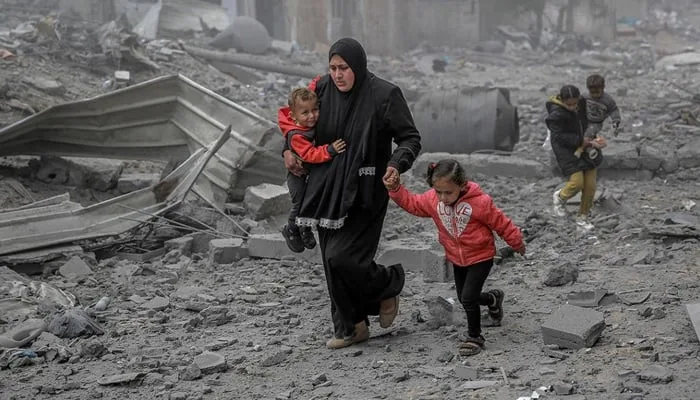Tehran has recently made bold claims regarding the destruction of Israeli military assets during a retaliatory missile strike on October 1. According to Brigadier General Ibrahim Jabari, an advisor to the Iranian Revolutionary Guards, Iran launched a significant counter-missile attack that purportedly destroyed several Israeli F-35 fighter jets. This development is part of an escalating conflict between Iran and Israel, which has seen frequent tensions and retaliations in recent years.
Iranian Missile Strike on Israeli Targets
Speaking at a conference in Tehran, Brigadier General Jabari emphasized that the missile attacks were highly successful, with 90 percent of the missiles hitting their intended targets. He stated, “Ninety percent of the missiles Iran fired against the Israeli government on October 1 struck their targets,” referring to Israeli military installations and airbases. According to Jabari, Israel’s highly advanced F-35 fighter jets, known for their stealth and precision, were among the damaged military assets.
The F-35 is considered one of Israel’s most advanced and critical military aircraft, forming a vital part of its defense strategy. If true, the destruction of even a few of these jets would be a significant blow to Israel’s air superiority in the region.
Iran’s Use of Cyber and Electronic Warfare
A key element of Iran’s missile strike, according to Brigadier General Jabari, was the role of cyber and electronic warfare, which he described as a major surprise for Israel and its ally, the United States. He noted that a substantial portion of the missiles used during the attack were guided through advanced cyber tactics, making it difficult for Israeli defense systems to intercept them. Jabari said, “90 percent of the missiles hit the target through cyber and electronic warfare attacks, which was the biggest surprise for Israel and America.”
The claim underscores Iran’s evolving capabilities in asymmetric warfare, which includes not only physical attacks but also cyber warfare and electronic disruptions that can neutralize an opponent’s defenses. By combining missile technology with cyber tactics, Iran has attempted to offset Israel’s technological superiority, including its Iron Dome defense system and other missile interception systems.
The Context of the Attack
The missile strike came as a retaliation for the deaths of two high-profile figures associated with Iranian-aligned militant groups: Hamas leader Ismail Haniyeh and Hezbollah leader Hassan Nasrallah. According to reports, Iran fired 190 missiles targeting key Israeli airbases and military facilities. These attacks are seen as part of the broader proxy conflict between Israel and Iran, with both sides supporting opposing factions in the region. Iran has long been an ally of Hamas and Hezbollah, groups that have been involved in military confrontations with Israel.
The Iranian Revolutionary Guards, particularly its Quds Force, which is tasked with extraterritorial operations, claimed that the missile strike was a success, with 90 percent of the intended targets being hit. The targets reportedly included three Israeli airbases and other key military installations, according to Iranian sources.
Israeli Response and Counterclaims
While Iran claims to have inflicted significant damage on Israeli military assets, Israel has denied the extent of the damage. Israeli officials stated that most of the missiles fired by Iran were intercepted and destroyed before reaching their targets. Israel’s defense systems, particularly the Iron Dome and David’s Sling, are designed to neutralize incoming missile threats, and Israeli authorities maintain that these systems successfully thwarted much of the Iranian strike.
The Israeli Defense Ministry has not commented directly on the loss of F-35 fighter jets but has downplayed Iran’s claims of success. In response to the attacks, Israel is expected to carry out proportionate retaliation. Israeli Defense Minister Yoav Gallant stated that any attacks on Israeli soil would be met with a “deadly, proportionate, and surprising” response, hinting at the possibility of further escalation.
Broader Implications for the Region
The exchange of missile fire between Iran and Israel is part of a long-standing enmity that has implications far beyond the borders of the two nations. The involvement of Hezbollah, Hamas, and other militant groups in the conflict means that these attacks can quickly escalate into a wider regional war. Both Iran and Israel have powerful allies, with Iran’s support from Russia and China, and Israel’s alliance with the United States.
Furthermore, Iran’s advancements in cyber and electronic warfare could signal a shift in the region’s military dynamics. If Iran can reliably incorporate such tactics into its missile attacks, it could challenge Israel’s dominance in the air and in defense systems. However, the full extent of Iran’s capabilities remains uncertain, especially given Israel’s counterclaims that its defenses largely held up during the attack.
While Iran has claimed that its missile strikes on October 1 destroyed several Israeli F-35 fighter jets and hit key military installations, Israel has downplayed the success of the attacks, stating that most of the missiles were intercepted. The conflicting narratives underscore the ongoing tensions between the two nations and the likelihood of further escalations. Iran’s use of cyber warfare in missile guidance has raised new concerns for Israeli and American military strategists, signaling that future conflicts may increasingly involve not just physical attacks, but also cyber and electronic warfare on a larger scale.
With both countries poised for potential retaliation, the region remains on edge, awaiting the next move in this volatile conflict.



